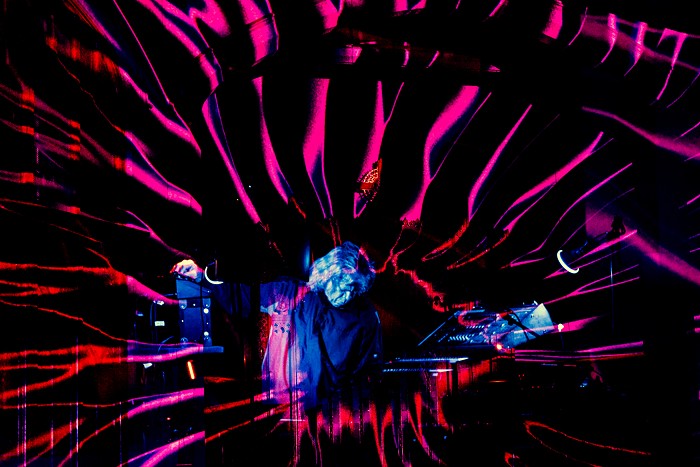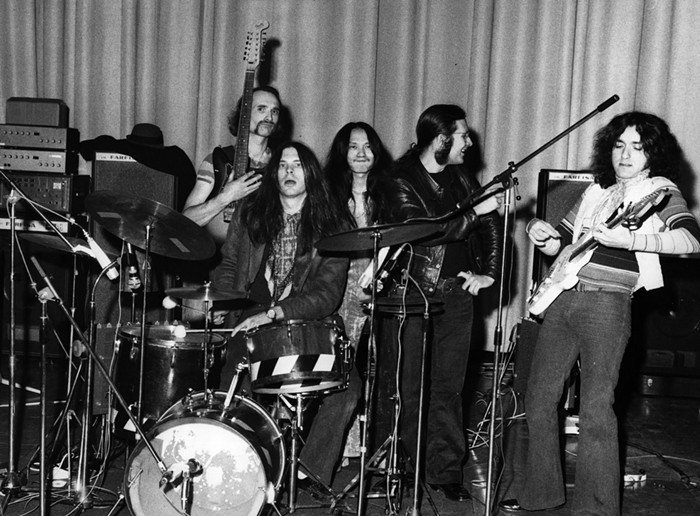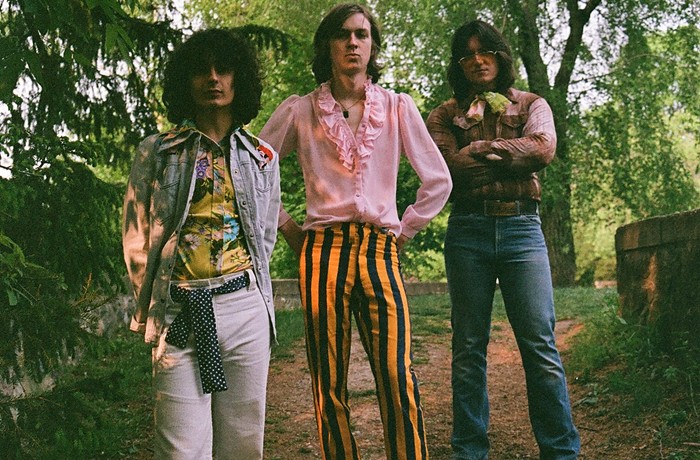But I was lucky. In the early 1980s, I read a Rolling Stone interview in which some now-forgotten pop star pompously decreed that he had been listening to The Rite of Spring. Young, broke, and a tad pompous myself, I rummaged through my stepfather's dusty record shelf and scrounged up an old Angel LP from the late 1950s with the Philharmonia Orchestra performing The Rite. The sound was mono, the music was great, and I was never the same.
When The Rite premiered in 1913, the audience revolted, shouting, yelling, and brawling. Hearing The Rite in 1983 utterly devastated my conception of what music was and what music could be. A disruptive, vertiginous incantation that is fucking loud yet lyrical, this 30-minute monument is an orchestral stampede of careening timbres, melodic efflorescence, jarring blocs of sound, and frenzied rhythmic complexity still unmatched in Western music.
Just about every section of The Rite thrills me, but I adore the flickering woodwinds in "The Augurs of Spring" and "Spring Rounds," the skittering brass that stipples the "Ritual of Abduction," the stridulating râpé guiro of "The Procession of the Sage," and the orgiastic pounding percussion of "Glorification of the Chosen One." Pointing the way to the future, The Rite concludes with a chord that Stravinsky later described as "noise." CHRISTOPHER DeLAURENTI
The Seattle Symphony plays the music of J. S. Bach, Stravinsky, and Harbison Thurs June 17 at 7:30 pm, Sat June 19 at 8 pm, and Sun June 20 at 2 pm (Benaroya Hall, Third Ave and Union St, 215-4747), $12-$80.


















